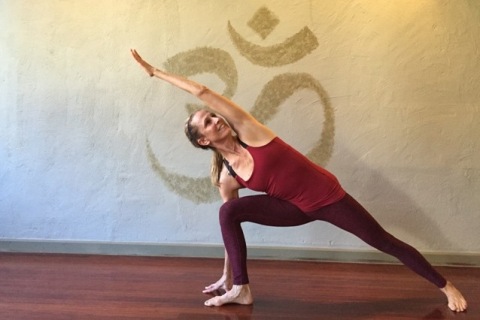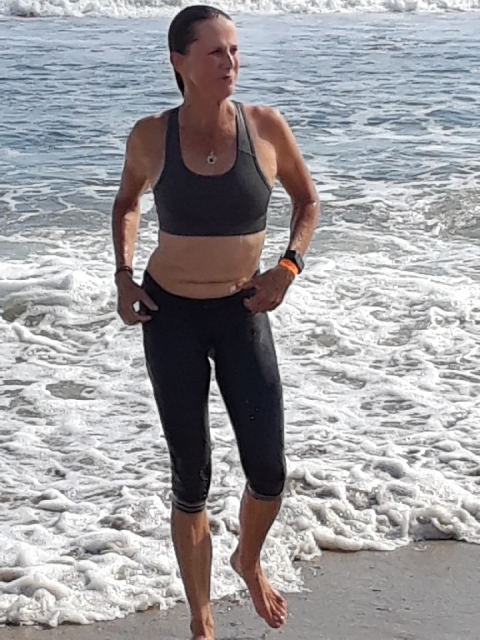Words, Tolle points out, no matter whether they are vocalized and made into sounds or remain unspoken as thoughts, can cast an almost hypnotic spell on you. You can easily lose yourself in them, become hypnotized into implicitly believing that when you have attached a word to something, you know what it is. The fact is: You don’t know what it is. You have only covered up the mystery with a label. Everything, a bird, a tree, even a simple stone and certainly a human being, is ultimately unknowable. This is because it has unfathomable depth. All we can perceive, experience, think about, is the surface layer of reality, less than the tip of an iceberg.
Words help create form. Ego is always identification with form, seeking yourself and thereby losing yourself in some form. Forms could be material objects, but they could also be the forms of thought that continuously arise in the field of consciousness. The following list are some examples some of the forms that we identify with.
Words and labeling – allow us to pretend we know something because we have identified it and attached a label to it. It fits into our preconceived idea of what it is. It allows us to not dig any deeper.
Possessive pronouns. Once we attach the words: I, me and mine to anything, it becomes a part of who we think we are and shores up our ego. If something happens to our stuff, we suffer because our stuff is an extension of ourselves.
The voices in our head. Often we confuse the thoughts swirling around in our heads with who we are. This coincides with the Cartesian idea of “I think, therefore I am.” But, Jean Paul Sartre had the insight, long after the yogis did, that the consciousness that says “I am” is not the consciousness that thinks. The only truth is that “I Am.” If you identify with the thoughts in your head, you are lost in ego. If you realize that you are not your thoughts, you are beginning enter into a new state of consciousness.
Identification with things and wanting more– Our ego often gets caught up in the identification with things. The ego sees the car we drive or the clothes we wear, or the house we live in as a definition of who we are. This identification with things can lead to wanting more as the newness of things wears off, or others acquire things that we think we should have.
Identification with the body. The body is another symbol of impermanence. What happens when youth, good looks and athletic prowess fade? Who are we then?
The illusion of ownership – having vs. being. The ego identifies having with Being. I have, therefore I am. But our satisfaction with having is relatively shallow and short-lived. Concealed within it remains a deep-seated sense of dissatisfaction, of incompleteness, of “not enough”. “I don’t have enough, yet.” By which the ego really means, “I am not enough, yet.” We all know that expression, “You can’t take it with you.” So what does it mean to really own something? And if we lose what we own, are we diminished in any way?
Awakening can arise out of a sense of Being
Being. Feeling the inner body or life energy = being. Body awareness , not body identification, not only anchors you in the present moment, it is a doorway out of the prison that is the ego. It also strengthens the immune system and the body’s ability to heal itself. Body awareness is feeling the life force in your body. Feeling that life force and that part of you that is aware that you are aware, is one of the first steps towards Being and Awakening.
Awakening can often happen after a sense of loss.
When forms that you had identified with, that gave you a sense of self, collapse or are taken away, it can lead to a collapse of the ego, since ego is identification with form. When there is nothing left to identify with anymore, who are you? When forms around you die or death approaches, you sense of Beingness, of I Am, is freed from its entanglement with form. Spirit is released from its imprisonment with matter. You realize your essential identity as formless, as an all-pervasive Presence, of Being prior to all forms, all identifications. You realize your true identity as consciousness itself, rather than what consciousness had identified with. That’s the peace of God. The ultimate truth of who you are is not I am this or I am that, but I am.
Loss can cause an awakening, a dis-identification with form. However, it is also possible to create a strong attachment to being a victim of loss which can create a new contracted and more rigid form of ego. Whenever loss occurs, you either resist it or you yield. Some people become bitter or deeply resentful; others become compassionate, wise and loving. Yielding means inner acceptance of what is. You are open to life. Resistance is an inner contraction, a hardening of the shell of the ego. You are closed. Whatever action you take in a state of inner resistance (negativity) will create more outer resistance and the universe will not be on your side; life will not be helpful. When you yield internally, when you surrender, a new dimension of consciousness opens up. If action is possible or necessary, your action will be in alignment with the whole and supported by creative intelligence, the unconditioned consciousness which in a state of inner openness you become one with. Circumstances and people become helpful, cooperative. Coincidences happen. If no action is possible, you rest in the peace and inner stillness that come with surrender. You rest in God.











